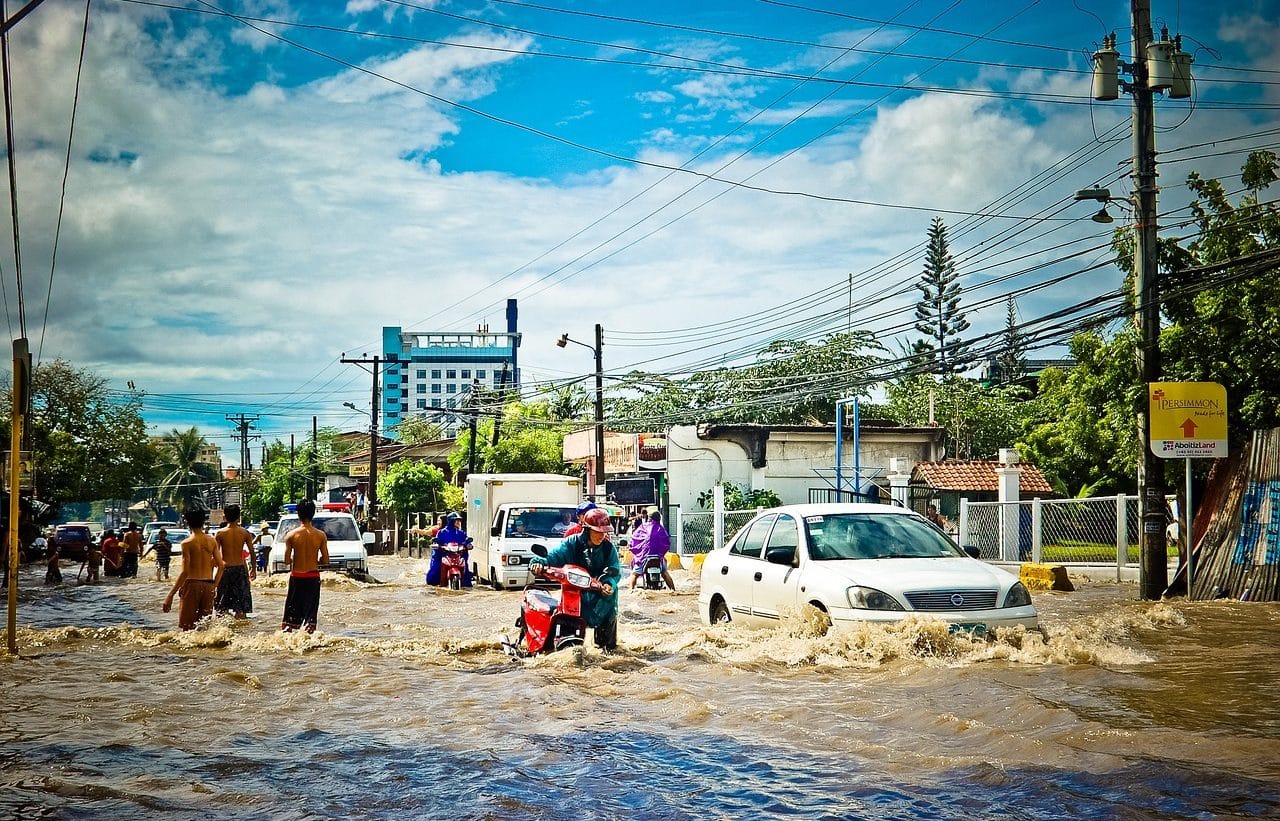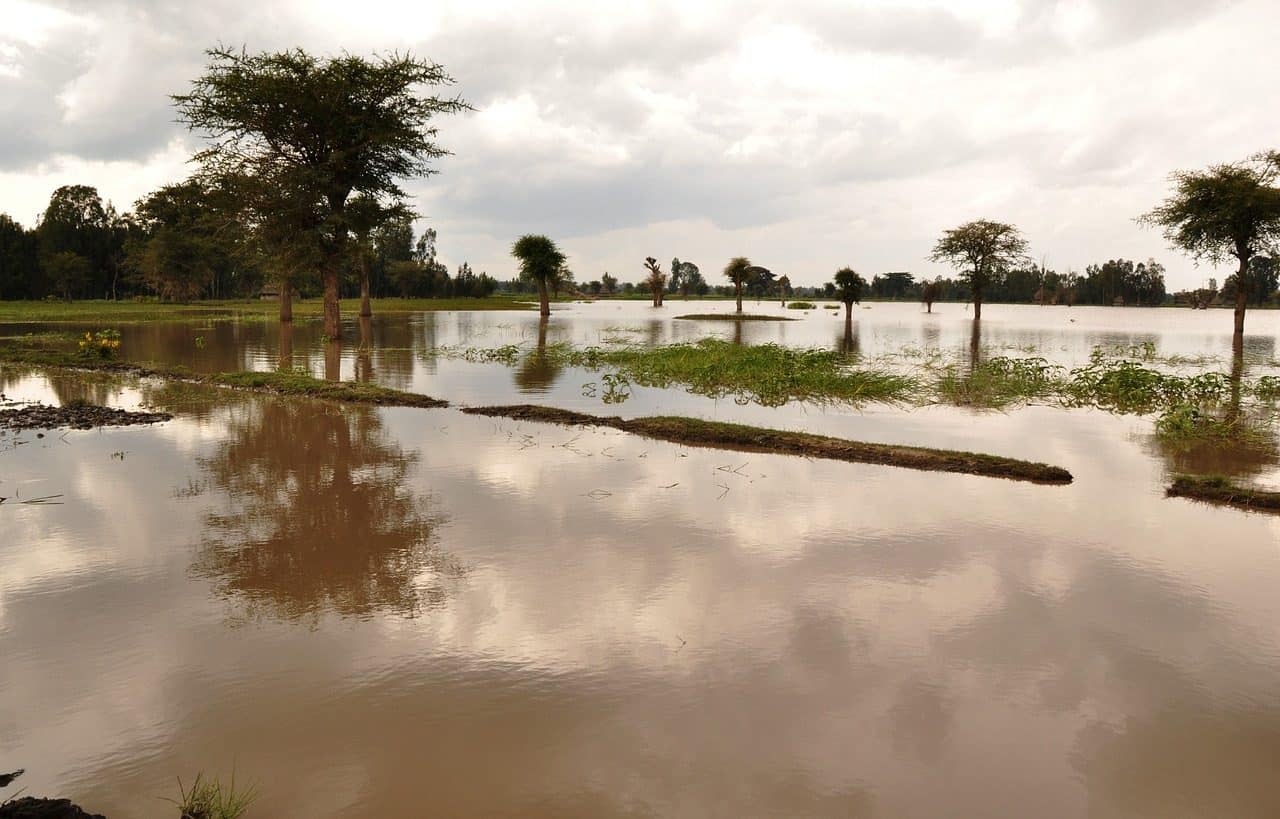
Waterlogging occurs when water makes passage difficult or impossible.
Waterlogging is the act and result of becoming waterlogged or waterlogged . This verb, for its part, refers to filling, covering or filling with water . A waterlogging, therefore, is a flood .
The concept is usually used with reference to what happens when a body of water floods a place and prevents or makes it difficult to access it . Suppose that, in a town, it rains intensely for three consecutive days. These precipitations cause a river that runs through the town to overflow, causing flooding. The situation means that people have to temporarily abandon their homes because the water covers the streets and enters the houses, putting all the inhabitants of the town at risk .
Waterlogging can also affect a road : a street, an avenue, a highway or route, etc. A dirt road, during a storm , can become flooded and prevent the circulation of vehicles.
Flooding in cities and fields
Not all cities are prepared to face a phenomenon of this type, either due to the lack of responsibility on the part of local governments or due to the changes that the climate has undergone over the decades.
Waterlogging and flooding in urban areas can cause large losses of money, as well as in the countryside, and that is why it is important to have drainage systems capable of clearing roads in the most efficient way possible.

The idea of waterlogging is associated with the concept of flooding.
The view of geology
Although in colloquial language the notions of waterlogging and flooding are used as synonyms, geology distinguishes between both ideas . Waterlogging occurs when a piece of land fails to drain water and retains it . A flood, on the other hand, is due to an existing watercourse that overflows. Waterlogging, on the other hand, can also be caused by a rise in groundwater (that is, by an increase in the water table).
The upper level of an aquifer is known as the phreatic level , that is, a conduit or a layer in which a mass of underground water is housed, always below the earth's surface. A precise example is the water table , an accumulation that is found at a shallow depth (other aquifers can be found much further from ground level).
Waterlogging and salinization
In a field , waterlogging causes different damages to the soil. Among the most common consequences is the development of salinization and lack of oxygen for plant roots.
Salinization, for its part, is a process that can also take place as a consequence of human action, as occurs with some irrigation systems, and consists of the accumulation of water-soluble salts in the soil. It can also occur after a flood from water from streams or rivers, if the ground is flat and low altitude. In this context, we speak of saline soil to refer to said excess of soluble salts, or of saline-sodium soil , since sodium chloride is the predominant salt in most cases.
It is worth mentioning that this process has very negative consequences for the economy based on agriculture, such as the loss of soil fertility, one of the biggest nightmares of those who live off the land. Although there are ways to stop and reverse salinization, they are very expensive procedures, such as washing that achieves the leaching of salts (leaching consists of dissolving the soluble components through the use of a liquid solvent).
Another measure to combat salinization caused by soil waterlogging is the sudden change in the species that are cultivated, starting to plant some that withstand salinity.
